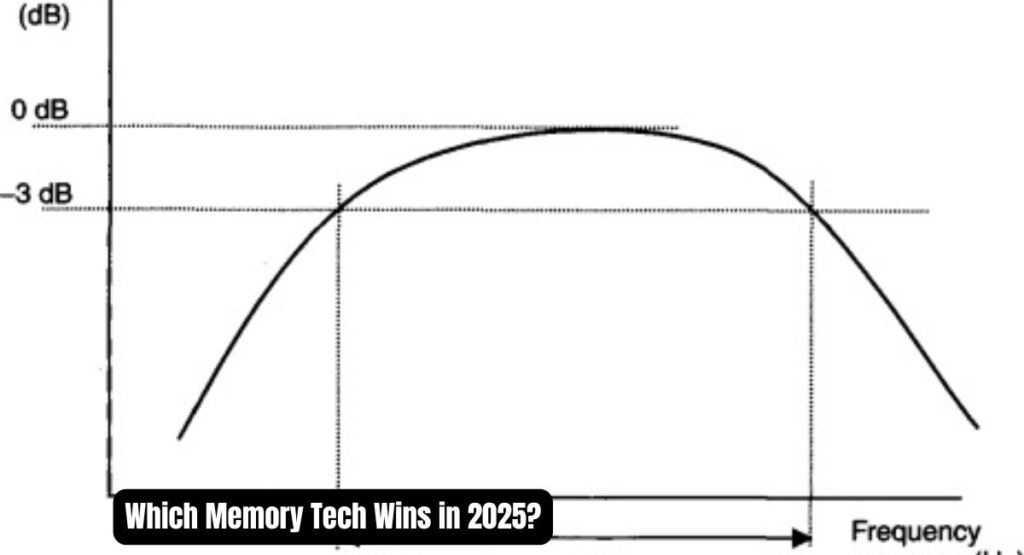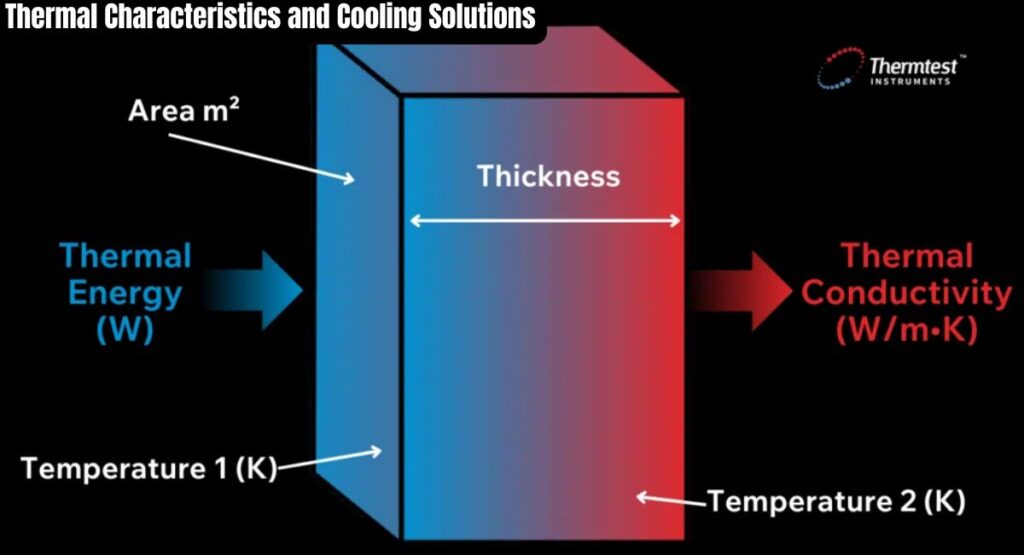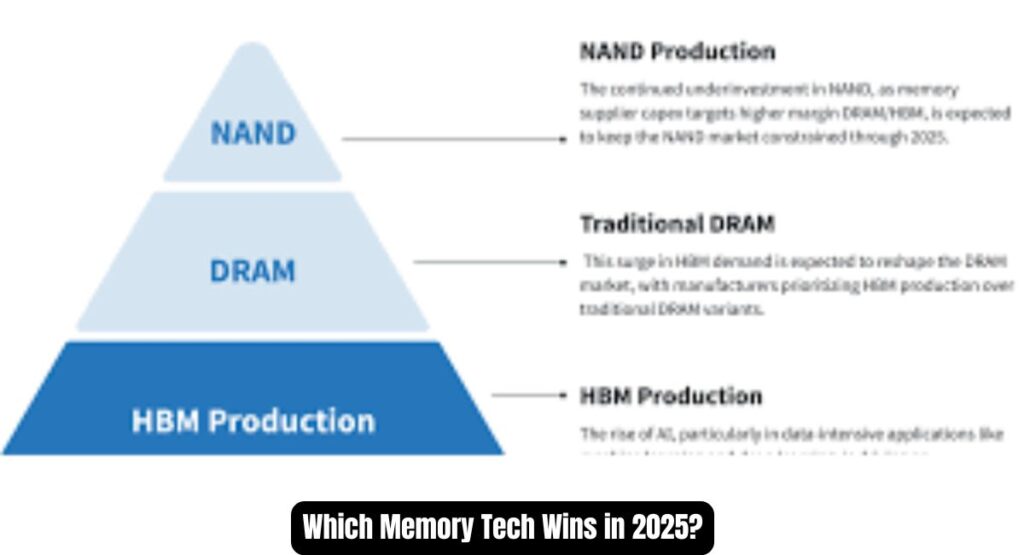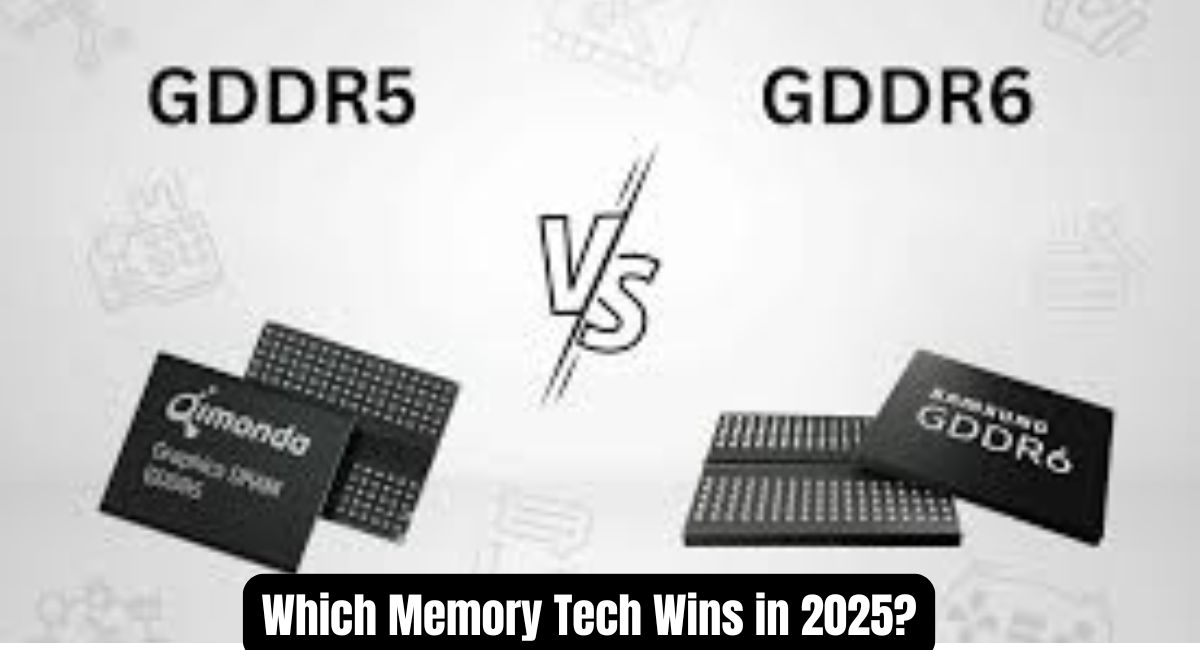When building or upgrading your gaming PC in 2025, choosing the right graphics memory can make or break your performance. The battle between GDDR6 and GDDR6X isn’t just about numbers on a spec sheet. It’s about real-world gaming performance, professional workloads, and getting the most value for your money.
Modern graphics cards rely heavily on memory bandwidth to deliver smooth frame rates and crisp visuals. The difference between these two memory technologies affects everything from 4K gaming to professional video editing. Understanding which video memory type suits your needs will help you make an informed decision that lasts for years.
This comprehensive analysis examines both memory types across multiple categories. We’ll explore their technical foundations, real-world performance, and practical applications. By the end, you’ll know exactly which GPU performance solution matches your specific requirements and budget.
Technical Architecture: Core Differences
The fundamental difference between GDDR6 and GDDR6X lies in their approach to data transfer. Both serve as VRAM for modern graphics processors, but they handle information differently. This core distinction impacts everything from gaming performance to power consumption.
GDDR6 represents the mainstream standard for graphics memory in 2025. It builds upon proven technology while offering reliable performance across various price points. Most mid-range and budget graphics cards utilize this memory technology for good reason.
GDDR6X takes a more advanced approach to data encoding. It pushes the boundaries of what’s possible with current manufacturing processes. This newer standard appears primarily in high-end graphics solutions where maximum bandwidth utilization matters most.
Signaling Technology and Data Transfer
NRZ encoding forms the backbone of GDDR6 technology. This signal modulation method transmits one bit of information per clock cycle. Think of it as a simple on-off switch that’s either high or low. The approach is straightforward and energy-efficient.
PAM4 signaling powers GDDR6X memory systems. This advanced technique transmits two bits per clock cycle using four distinct signal levels. Instead of just on-off, it can represent four different states simultaneously. This clever engineering doubles the data transfer capacity without increasing clock speeds.
The practical impact of this difference is substantial. PAM4 signaling enables GDDR6X to achieve higher memory throughput without requiring faster base frequencies. This efficiency translates directly into improved bandwidth efficiency for demanding applications.
Bandwidth and Performance Specifications
GDDR6 delivers impressive memory speed ranging from 16 to 20 gigatransfers per second. With a typical 256-bit memory bus, this translates to maximum bandwidth around 640 GB/s. These numbers satisfy the requirements of most gaming scenarios and professional applications.
GDDR6X pushes boundaries with speeds reaching 19 to 24 gigatransfers per second. Combined with wider memory interfaces on premium cards, total bandwidth can exceed 1 TB/s. This represents a significant leap in memory bandwidth capability.
The memory controller design plays a crucial role in utilizing this additional capacity. High-end graphics processors can effectively leverage the extra memory throughput. However, mid-range GPUs may not fully benefit from the increased data transfer rates.
Real-World Performance Analysis (2025)

Testing both memory technologies across popular games reveals interesting patterns. The performance difference varies significantly based on resolution, graphics settings, and specific game engines. Understanding these variations helps identify when the extra cost of GDDR6X provides tangible benefits.
Memory bottlenecks typically occur in specific scenarios rather than universally. Games with complex textures, high-resolution assets, and multiple rendering passes stress the memory interface more heavily. These situations highlight the advantages of faster video memory.
Professional applications often show more consistent benefits from GDDR6X. Tasks like video editing, 3D rendering, and AI workloads continuously move large amounts of data. The improved bandwidth utilization directly translates to faster completion times and smoother workflows.
Gaming Benchmarks Across Resolutions
At 1080p resolution, both memory technologies deliver virtually identical gaming performance. The graphics processor cores become the limiting factor before memory bandwidth constraints appear. Most players won’t notice any difference in frame rates or visual quality.
1440p gaming shows subtle advantages for GDDR6X in texture-heavy scenarios. Games with detailed environments and high-resolution assets benefit from the additional memory throughput. However, the improvement typically ranges from 1-3 percent in most titles.
4K gaming represents where GDDR6X truly shines. The massive pixel count and complex texture streaming requirements stress the memory interface significantly. Performance scaling at this resolution often favors cards with faster video memory by 4-7 percent overall.
Content Creation and Professional Applications
Video editing applications demonstrate clear preferences for GDDR6X technology. Timeline scrubbing, real-time effects processing, and export operations all benefit from improved memory bandwidth. Professional creators often see 8-15 percent faster workflow completion with GDDR6X equipped cards.
3D rendering and modeling applications show variable results based on project complexity. Simple scenes with basic geometry perform similarly on both memory technologies. Complex projects with millions of polygons and detailed textures favor the higher memory throughput of GDDR6X.
AI and machine learning workloads consistently prefer GDDR6X systems. These applications frequently transfer large datasets between system memory and VRAM. The improved data transfer rates directly impact training times and inference performance across various neural network architectures.
READ THIS BLOG: How Many Fans Should A PC Have?
Case Studies: Latest GPU Implementations
NVIDIA’s implementation strategy clearly segments memory technologies by market tier. Flagship RTX 50-series cards exclusively use GDDR6X to maximize graphics performance. Mid-range offerings primarily stick with GDDR6 to maintain competitive pricing while delivering solid gaming performance.
AMD takes a different approach by optimizing GDDR6 implementations with wider memory buses. Their RX 9000 series maintains competitive bandwidth utilization without switching to GDDR6X. This strategy reduces manufacturing costs while achieving similar performance metrics.
Direct comparisons between RTX 4070 variants illustrate real-world differences. Models with identical graphics processors but different memory technologies show measurable gaps in specific scenarios. The GDDR6X variant typically costs $30-50 more while delivering 3-5 percent better graphics performance at 4K resolution.
Power, Thermal, and Efficiency Considerations
Power consumption differences between these memory technologies impact overall system design. GDDR6 operates efficiently with lower voltage requirements and reduced heat generation. This characteristic makes it ideal for compact systems and budget-friendly cooling solutions.
GDDR6X demands more power due to its complex signal modulation requirements. The technology typically consumes 15-20 watts more than equivalent GDDR6 implementations. However, it delivers superior bandwidth efficiency per bit transferred, making the trade-off worthwhile in high-performance scenarios.
Thermal performance considerations affect system stability and longevity. GDDR6X generates additional heat that requires robust cooling solutions. Graphics cards using this memory technology often feature larger heatsinks and more aggressive fan curves to maintain optimal operating temperatures.
Power Consumption and Efficiency Metrics
GDDR6 systems typically consume 35-45 watts for their memory interface operations. This relatively low power draw contributes to overall system efficiency and reduces cooling requirements. The technology operates reliably across various thermal conditions without thermal throttling concerns.
GDDR6X implementations require 50-65 watts for similar capacity configurations. While absolute power consumption increases, the bandwidth efficiency per watt actually improves by approximately 15 percent. This efficiency gain becomes more significant in high-throughput applications.
The voltage requirements differ substantially between technologies. GDDR6 operates at 1.25-1.35 volts while GDDR6X requires 1.35-1.4 volts. This difference directly impacts power consumption and heat generation across the memory interface.
Thermal Characteristics and Cooling Solutions

GDDR6 memory chips typically operate 10-15 degrees Celsius cooler than their GDDR6X counterparts. This temperature advantage simplifies cooling design and improves long-term reliability. Budget and mid-range cards benefit significantly from these reduced thermal requirements.
GDDR6X implementations require enhanced cooling solutions to maintain optimal performance metrics. High-end cards often feature additional copper heat pipes, larger heatsinks, and improved thermal interface materials. These cooling enhancements add cost but ensure consistent graphics performance under heavy loads.
Thermal throttling becomes a concern with inadequate cooling on GDDR6X systems. When memory temperatures exceed safe limits, performance scaling suffers as the system reduces clocks to prevent damage. Proper case ventilation and robust cooling solutions prevent these thermal-related performance reductions.
Market Implementation Strategies
Graphics card manufacturers carefully segment their product lines using memory technology choices. Premium models targeting enthusiast gamers and professional users feature GDDR6X to justify higher pricing. Mainstream offerings utilize GDDR6 to achieve competitive price points while maintaining solid GPU performance.
This segmentation strategy creates clear value propositions across different market segments. Buyers can easily identify which graphics cards target their specific needs and budget constraints. The memory technology choice becomes one of several differentiating factors in purchasing decisions.
Market research indicates that most consumers prioritize overall gaming performance over specific memory technology implementations. Manufacturers respond by emphasizing complete system performance rather than individual component specifications in their marketing materials.
Manufacturer Adoption Patterns
NVIDIA’s adoption pattern shows GDDR6X reserved for their highest-tier offerings. RTX 4080, 4090, and upcoming 50-series flagship models exclusively use this memory technology. Lower-tier cards maintain GDDR6 to hit specific price targets while delivering competitive graphics performance.
AMD pursues a different strategy by maximizing GDDR6 potential through architectural optimizations. Their approach focuses on wider memory buses and improved memory controllers rather than adopting GDDR6X. This decision reduces costs while maintaining competitive bandwidth utilization.
Both manufacturers recognize that memory technology alone doesn’t determine graphics performance. The graphics processor core count, architecture efficiency, and overall system design play equally important roles in delivering superior gaming experiences and professional workflows.
Industry Response to User Needs
Gaming-focused graphics cards prioritize different aspects based on target audiences. Budget gamers receive GDDR6 implementations with optimized graphics processors for 1080p performance. Competitive gamers get high-clock GDDR6 solutions that minimize memory latency for fast-paced titles.
Professional users demand consistent memory throughput for content creation workflows. Cards targeting this segment often feature GDDR6X regardless of price segment. The improved bandwidth efficiency directly translates to faster project completion times and enhanced productivity.
The industry increasingly matches memory technology to specific use cases rather than using it purely as a pricing differentiator. This targeted approach ensures users receive optimal performance metrics for their intended applications without paying for unnecessary capabilities.
Value Analysis and Decision Framework
Price-to-performance evaluation reveals that GDDR6X commands a 10-15 percent premium over comparable GDDR6 solutions. This cost increase must be weighed against actual performance improvements in your specific use cases. Many users find the extra expense difficult to justify for typical gaming scenarios.
The value proposition shifts dramatically based on resolution targets and application requirements. 4K gamers and professional content creators often find GDDR6X worth the premium. 1080p and 1440p users typically achieve better value with high-quality GDDR6 implementations.
Budget considerations should include total system cost rather than just graphics card pricing. GDDR6X cards often require enhanced cooling solutions and higher-wattage power supplies. These additional costs can significantly impact the overall value equation.
Price-to-Performance Assessment
GDDR6 delivers exceptional value for mainstream gaming applications. The memory technology provides sufficient bandwidth utilization for most scenarios while maintaining reasonable pricing. This combination makes it ideal for budget-conscious builders seeking solid gaming performance.
GDDR6X justifies its premium pricing in specific high-performance scenarios. Professional users, 4K gaming enthusiasts, and power users benefit most from the enhanced memory throughput. The improved performance scaling becomes worthwhile when workflow efficiency matters more than initial cost.
Cost analysis should consider long-term usage patterns rather than peak performance numbers. Users who occasionally game at 4K may find GDDR6 sufficient for their needs. Those consistently pushing their systems to maximum performance often benefit from GDDR6X investments.
READ THIS BLOG: Coinbase Text Scam: What You Need to Know
Optimal Use Case Mapping
GDDR6 excels in mainstream gaming scenarios from 1080p to 1440p resolution. The memory technology provides excellent frame rates and visual quality without unnecessary cost premiums. Most gamers find this performance level perfectly adequate for modern titles.
GDDR6X becomes essential for demanding applications requiring maximum memory bandwidth. 4K gaming, professional video editing, complex 3D rendering, and AI workloads all benefit significantly from the enhanced data transfer capabilities.
Mixed-use scenarios require careful consideration of primary applications. Users who primarily game but occasionally create content should prioritize their most demanding regular tasks when choosing between memory technologies.
Future-Proofing Considerations
Both memory technologies remain viable for the next 2-3 years based on current industry trends. GDDR6 continues evolving with higher speed grades and improved efficiency. GDDR6X pushes performance boundaries for users demanding maximum capability.
Emerging GDDR7 technology promises significant improvements over both current standards. However, initial implementations will carry substantial cost premiums while offering incremental performance gains for most applications. Early adoption rarely provides optimal value propositions.
Graphics processor architectures increasingly incorporate advanced compression and caching technologies. These improvements reduce memory bandwidth requirements and extend the useful life of current memory technologies. Future-proofing through memory technology alone proves less critical than comprehensive system balance.
Which Memory Tech Wins in 2025?

Determining the winner requires examining different performance categories and use cases. Neither memory technology dominates universally across all scenarios. The optimal choice depends heavily on individual requirements, budget constraints, and intended applications.
Performance leadership clearly belongs to GDDR6X in raw memory throughput measurements. Professional applications and demanding gaming scenarios consistently favor the enhanced bandwidth utilization. However, this advantage comes with increased costs and power consumption.
Value considerations favor GDDR6 for most mainstream applications. The memory technology delivers excellent gaming performance while maintaining reasonable pricing and power requirements. This combination appeals to the majority of graphics card buyers in 2025.
Performance Winner
GDDR6X claims the performance crown across demanding applications and high-resolution gaming. The advanced signal modulation technology delivers measurable improvements in memory throughput and bandwidth efficiency. Professional users and enthusiast gamers benefit most from these enhancements.
4K gaming scenarios consistently favor GDDR6X implementations by 4-7 percent overall. Ray tracing applications show even larger gaps due to their intensive memory bandwidth requirements. Content creation workflows often see 10-15 percent improvements with faster video memory.
The performance advantage becomes less significant at lower resolutions and mainstream gaming scenarios. GDDR6 delivers 99 percent of the gaming performance for typical 1080p and 1440p applications while maintaining superior value propositions.
Value Winner
GDDR6 dominates value considerations across most market segments and applications. The memory technology provides excellent graphics performance while maintaining reasonable pricing and efficient operation. This combination proves ideal for budget-conscious builders and mainstream gamers.
Mid-range graphics cards utilizing GDDR6 offer superior price-to-performance ratios for typical gaming scenarios. The memory technology rarely becomes a bottleneck in properly balanced systems targeting 1080p and 1440p gaming experiences.
Professional users must weigh productivity gains against cost increases when considering GDDR6X upgrades. The performance improvements often justify higher prices for users whose time has significant value or whose workflows demand maximum efficiency.
Final Recommendations
Choose GDDR6 if you primarily game at 1080p or 1440p resolution, prioritize system efficiency, or operate within budget constraints. The memory technology delivers excellent gaming performance while maintaining reasonable costs and power requirements across various system configurations.
Select GDDR6X if you regularly game at 4K resolution, work with professional content creation applications, or prioritize maximum graphics performance regardless of cost. The enhanced memory bandwidth provides tangible benefits in these demanding scenarios.
Consider total system requirements rather than focusing solely on memory technology specifications. Graphics processor core count, memory capacity, cooling solutions, and power supply requirements all impact overall performance and value propositions significantly.
Frequently Asked Questions
Is GDDR6X worth the extra cost for 1080p gaming?
No, GDDR6X provides minimal benefits at 1080p resolution and doesn’t justify the cost premium for typical gaming scenarios.
How much more power does GDDR6X consume compared to GDDR6?
GDDR6X typically consumes 15-20 watts more power than equivalent GDDR6 implementations due to higher voltage requirements.
Which memory type runs cooler in graphics cards?
GDDR6 operates 10-15 degrees Celsius cooler than GDDR6X, making it better suited for compact systems and budget cooling solutions.
Do all high-end graphics cards use GDDR6X memory?
No, some manufacturers like AMD use optimized GDDR6 with wider memory buses to achieve competitive performance while controlling costs.
Will GDDR6 become obsolete soon with GDDR7 emerging?
GDDR6 remains viable for 2-3 years as graphics processors become more efficient and GDDR7 carries significant cost premiums initially.
Conclusion
The choice between GDDR6 and GDDR6X in 2025 ultimately depends on your specific needs, budget, and intended applications. GDDR6X offers superior raw performance and memory bandwidth, making it ideal for 4K gaming and professional content creation. However, GDDR6 provides exceptional value for mainstream gaming while consuming less power and generating less heat.
Most users will find GDDR6 perfectly adequate for their gaming and productivity needs. The memory technology delivers excellent frame rates and visual quality without unnecessary cost premiums. GDDR6X becomes worthwhile primarily for users who can fully utilize its enhanced bandwidth capabilities in demanding applications.

David is a seasoned SEO expert with a passion for content writing, keyword research, and web development. He combines technical expertise with creative strategies to deliver exceptional digital solutions.







